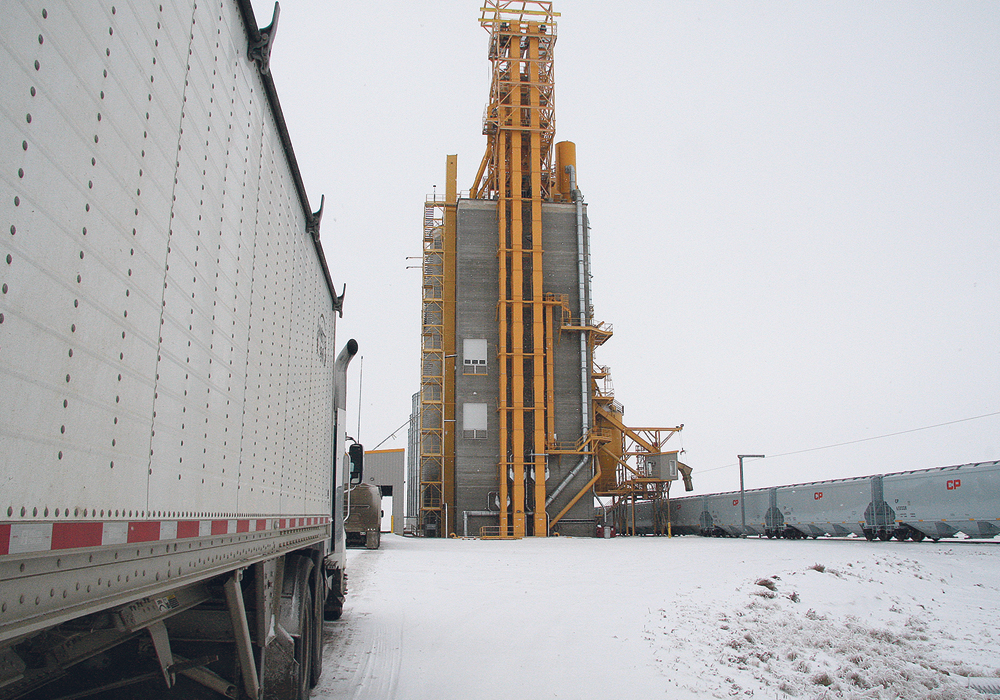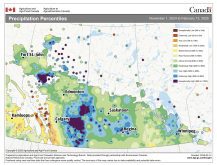Company’s chief executive officer points to railway companies’ addition of better grain cars as a significant development
MONTREAL — Farmers are frustrated by the snags, snarls and slow movement of the Canadian export grain transportation system.
But the head of Viterra says significant changes are occurring inside the system to boost capacity and get more grain moving.
“We shouldn’t discount the importance of changing the cars,” said Kyle Jeworski, Viterra president and chief executive officer, about the shorter-but-bigger rail cars now beginning to replace the old worn-out cars in the prairie rail fleet.
“That is to me one of the biggest improvements in our grain movement and as we move forward.”
Read Also

Russian wheat exports start to pick up the pace
Russia has had a slow start for its 2025-26 wheat export program, but the pace is starting to pick up and that is a bearish factor for prices.
Canadian grain transportation is fraught with challenges and headaches. The Prairies are an arable island isolated from ocean ports by the Rocky Mountains, the Canadian Shield and Great Lakes, and the Arctic.
Rail capacity has steadily increased in recent years, but the size of the prairie crop has increased just as fast, leaving struggles and challenges seemingly unchanged.
Tom Steve of the Alberta Wheat Commission told Jeworski during the Canadian Crops Convention that farmers are frustrated that they aren’t seeing increased numbers of rail cars serving the Prairies, despite years of promises to improve car numbers.
“They’re not meeting those expectations now,” said Steve.
But Jeworski said the expanded size of the fatter, shorter cars is an important improvement.
With more than 10 percent extra grain in the average new car compared to the old, and more cars per train possible now because of their shorter length, capacity is getting boosted.
“You’re getting a very substantial uptick per car and those cars are several feet shorter than the previous cars, so you’re actually getting more cars on a train,” said Jeworski.
“That is, to me, one of the biggest improvements in our grain movement and as we move forward.”
Another area of improvement is in loading during the Vancouver rain. Progress on using tarps and feeder holes in hatch covers to allow ship loading during the frequent rains had been stymied by worker safety concerns and requirements, but Jeworski said he thinks that problem is going away.
“We’ve had some recent challenges with that and we’ve been working with labour in Vancouver to address some of the concerns around that,” said Jeworski.
“We believe those issues have all been addressed. We expect that (loading during rain) to continue.”
Beyond being able to load during rain in Vancouver, big improvements are being made in fair weather loading.
“With bigger equipment, faster equipment, we’re much better equipped to be able to continue to load when those opportunities present themselves,” said Jeworski.
The loading equipment just installed in one of its Vancouver terminals has boosted loading speed by almost four times, Jeworski said.
“We’ve significantly enhanced the speeds of our loading systems.”
















